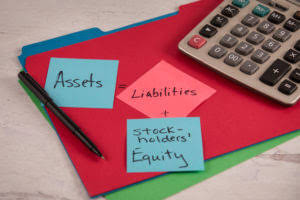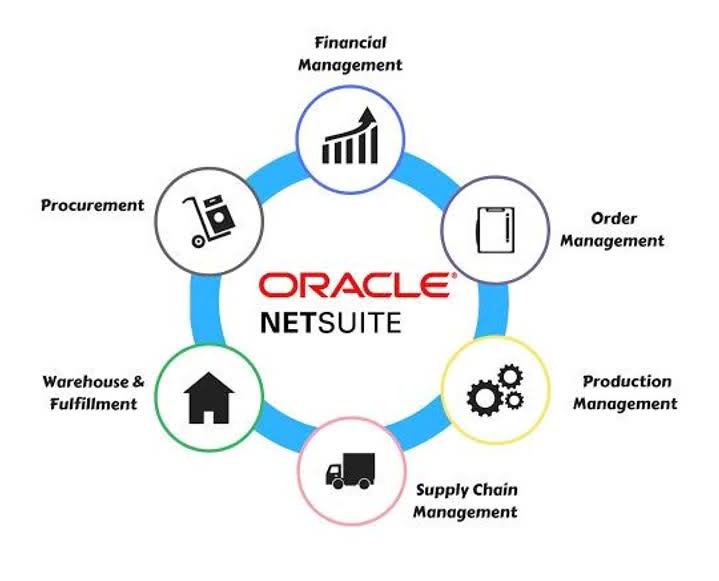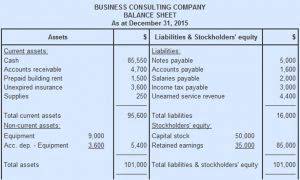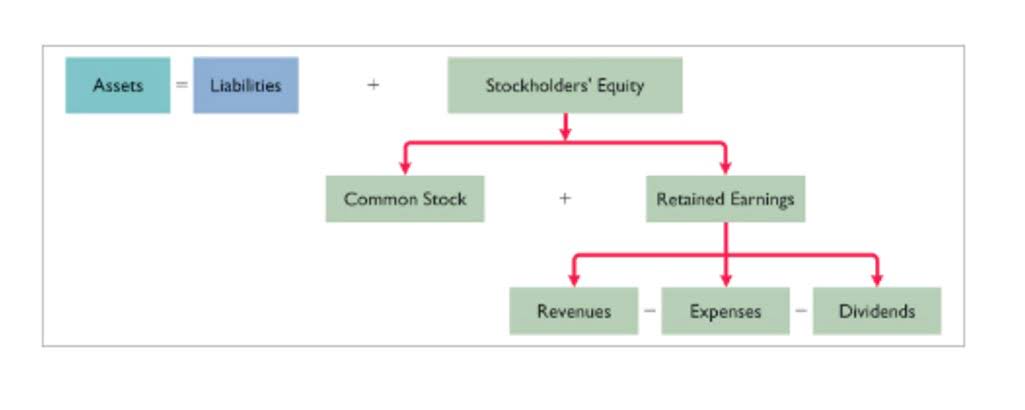
Getting more into the specifics, imagine you possess a business vehicle that is subject to a 5-year recovery period as determined by the IRS. To ascertain the annual depreciation using straight-line depreciation, one would simply divide the cost of the vehicle by this 5-year time span. Double declining depreciation is helpful for businesses that want to recognize expenses upfront to save taxes. It also matches revenues to expenses in that assets usually perform more poorly over time, so more expenses are recognized when the performance and income is higher. From year 1 to 3, ABC Limited double declining balance example has recognized accumulated depreciation of $9800.Since the Machinery has a residual value of $2500, depreciation expense is limited to $10000 ($12500-$2500).
Your income may become harder to predict

You should observe that the first year percentage (more noticeably in Accounting for Churches the 10 year class) is approximately half of the second year percentage. This is a result of the IRS half-year convention being used to adjust for the partial year. The same is true for the last year percentage, when compared with the immediately previous year. ABC Limited purchased a Machine costing $12500 with a useful life of 5 years.
- Determine the straight-line depreciation rate (100% divided by the asset’s useful life).
- Calculate the depreciation expenses for 2011, 2012 and 2013 using 150 percent declining balance depreciation method.
- Under this method, a constant depreciation rate is applied to an asset’s (declining) book value each year.
- • The function ensures all necessary inputs such as cost, salvage value, useful life, and period are inputted correctly to avoid any miscalculations.
- In this scenario, we can use the formula to calculate the depreciation expense for the first year.
How is depreciation calculated using the double declining balance method?

For example, on Jan 01, the company ABC buys a machine that costs $20,000. The company ABC has the policy to depreciate the machine type of fixed asset using the declining balance depreciation with the rate of 40% per year. The machine is expected to have a $1,000 salvage value at the end of its useful life. To calculate depreciation using DDB, start with the asset’s initial cost and subtract any salvage value to find the depreciable base. Determine the straight-line depreciation rate (100% divided by the asset’s useful life).
Basic depreciation rate
Instead, the asset will depreciate by the same amount; however, it will be expensed higher in the early years of its useful life. The depreciation expense will be lower in the later years compared to the straight-line depreciation method. In summary, the choice of depreciation method depends on the nature of the bookkeeping asset and the company’s accounting and financial objectives. Suppose a company purchases a piece of machinery for $10,000, and the estimated useful life of this machinery is 5 years. In this scenario, we can use the formula to calculate the depreciation expense for the first year. Calculate the depreciation expenses for 2011, 2012 and 2013 using 150 percent declining balance depreciation method.

It’s a good way to see the formula in action—and understand what kind of impact double declining depreciation might have on your finances. 1- You can’t use double declining depreciation the full length of an asset’s useful life. Since it always charges a percentage on the base value, there will always be leftovers.

Double Declining Balance Depreciation Formulas
For example, the depreciation expense for the second accounting year will be calculated by multiplying the depreciation rate (50%) by the carrying value of $1750 at the start of the year, times the time factor of 1. To calculate the depreciation expense for the first year, we need to apply the rate of depreciation (50%) to the cost of the asset ($2000) and multiply the answer with the time factor (3/12). First-year depreciation expense is calculated by multiplying the asset’s full cost by the annual rate of depreciation and time factor.

